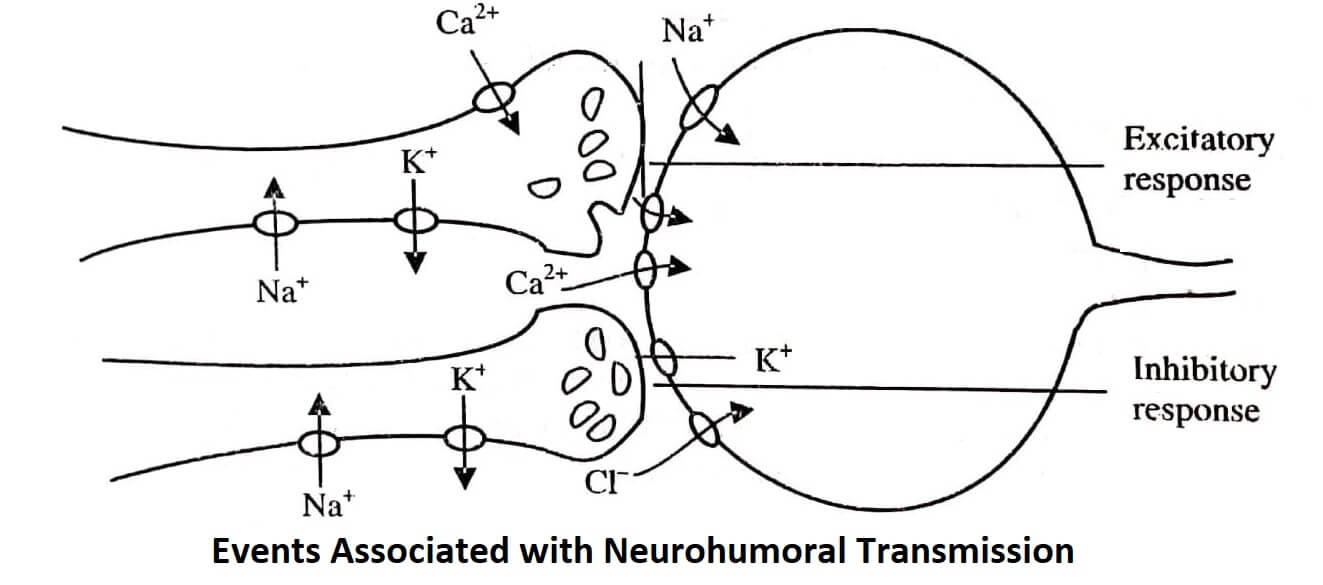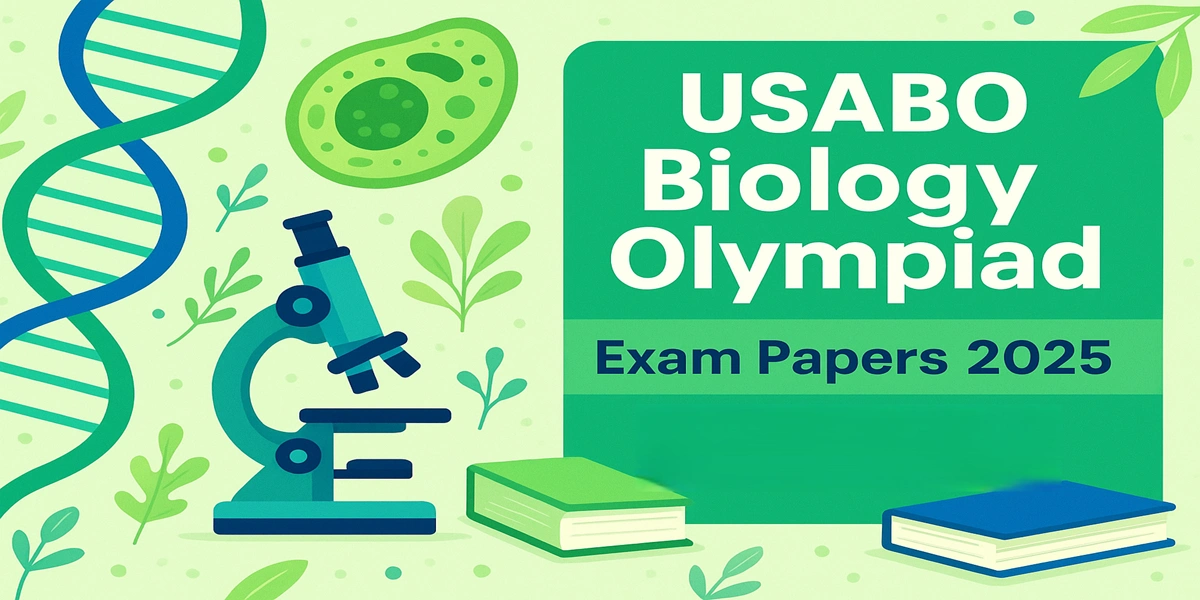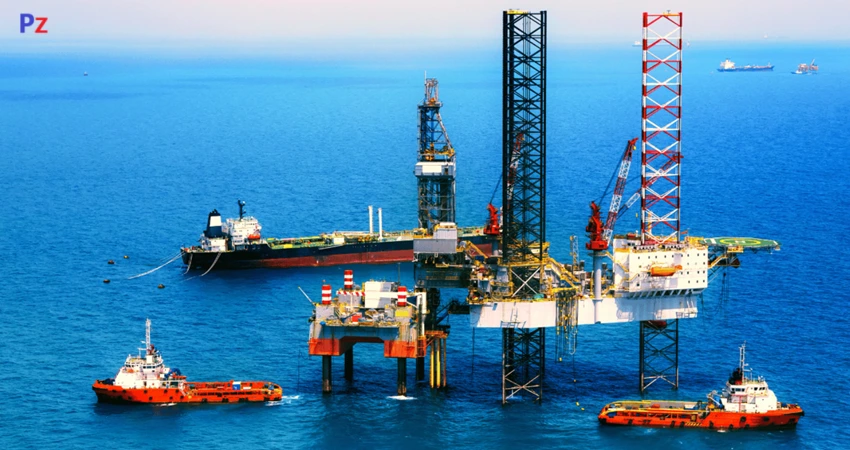Neurohumoral transmission involves the following four steps (figure)
Step 1: Initiation of an Action Potential and Axonal Conduction

- During resting conditions, the membrane potential inside a typical axon is −70mV with respect to exterior of axon.
- A high concentration of K+ and low levels of Na+ and Cl– (K+ 140mM, Na+ 10- 15mM ) within the cell cause this difference in the resting membrane potential.
- On the other hand, extracellularly the concentration of Na+ is higher than that of K+ (Na+ 140mM, K+ 4mM).
- An energy-dependent active transport pump (sodium pump) maintains these ionic gradients.
- When depolarisation reaches to threshold levels, the membrane of the neurons becomes more permeable to Na+ and results in a rapid depolarisation of the whole membrane.
- Consequently, the opening of K+ channels is delayed, causing outflux of the K+ and re-polarisation of the membrane occurs.
- Ionic currents are formed during this process resulting in the depolarisation of adjacent regions of the neural membrane. Thus, an Action Potential (AP) is propagated.
Step 2: Arrival of an AP at Nerve Terminal Resulting in the Release of the Transmitter
- Neurotransmitters are synthesised in the nerve terminal and are stored within the synaptic vesicles.
- As the action potential arrives at the nerve terminals, an influx of Ca2+ occurs to promote fusion of synaptic vesicles with adjacent axoplasmic membrane.
- The vesicular contents are discharged (exocytosis) into the synaptic cleft and formation of new vesicles is initiated by the adjacent sections of the membrane.
- The cell body of the neuron containing the nucleus (perikaryon) forms the site of synthesis of the neuropeptides which are then transported to the nerve terminal before being released.
Step 3: Events at the Synaptic Cleft and Postjunctional Sites
- Diffusion of the neurotransmitter thus occurs across the synaptic cleft.
- An interaction between the postjunctional receptors and the neurotransmitters takes place resulting in either excitatory or inhibitory postjunctional effects.
- Excitatory Postsynaptic Potential (EPSP) occurs with the influx of Ca2+. Inhibitory Postsynaptic Potential (IPSP) occurs with the influx of Cl– or outflux of K+ resulting in hyperpolarisation.
Step 4: Termination of Effect of Released Transmitter
- Metabolic inactivation of the neurotransmitter by an extremely efficient enzyme, acetylcholinesterase (AChE) results in the termination at the cholinergic sites.
- Major mechanisms involving the inactivation of the neurotransmitter takes place by enzymes Monoamine Oxidase (MAO) or catechol-o-methyl transferase (COMT) at the adrenoceptor sites.
- Reuptake of the neurotransmitter into the nerve terminals causes the termination of neurotransmitter activity.
| Read More Topics |
| Function of autonomic nervous system |
| Sympathetic vs Parasympathetic nervous system |
| G Protein coupled receptors |
| Plasma protein binding of drug |





